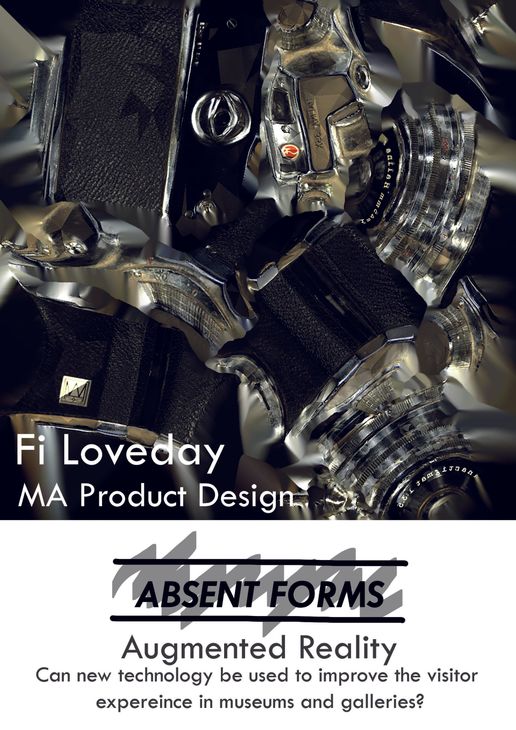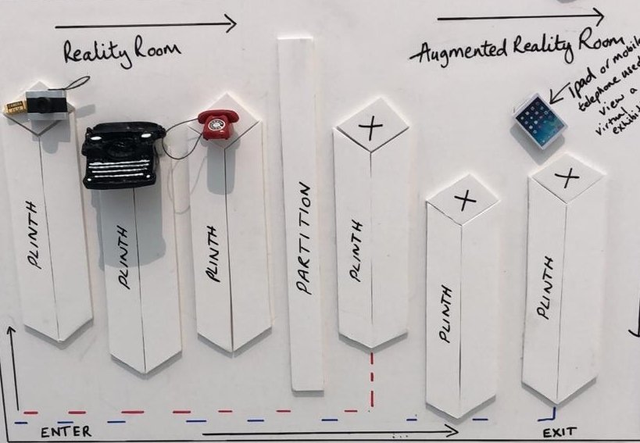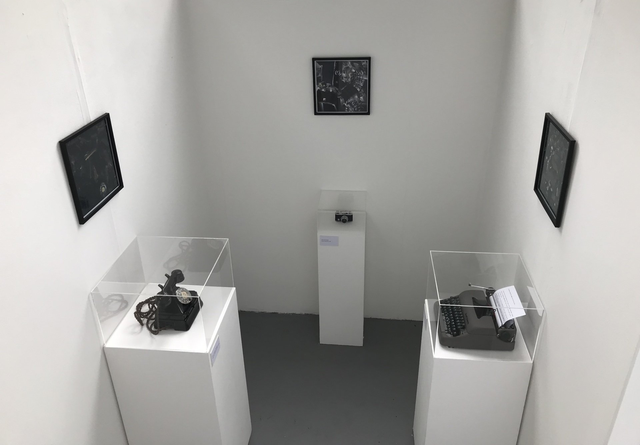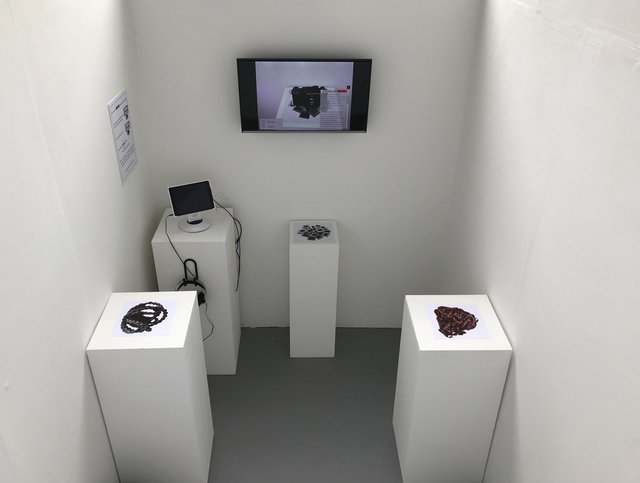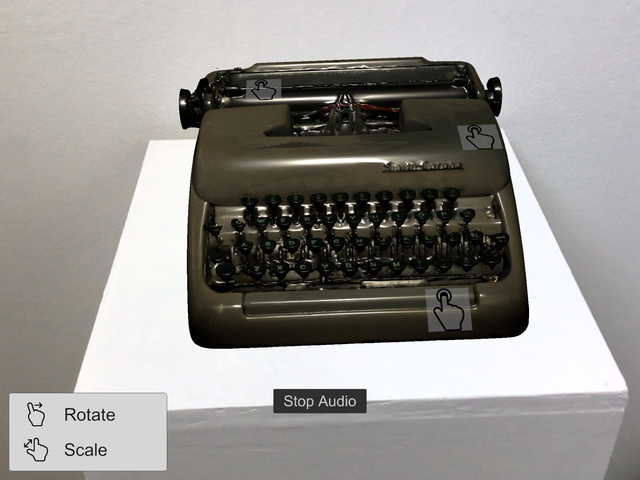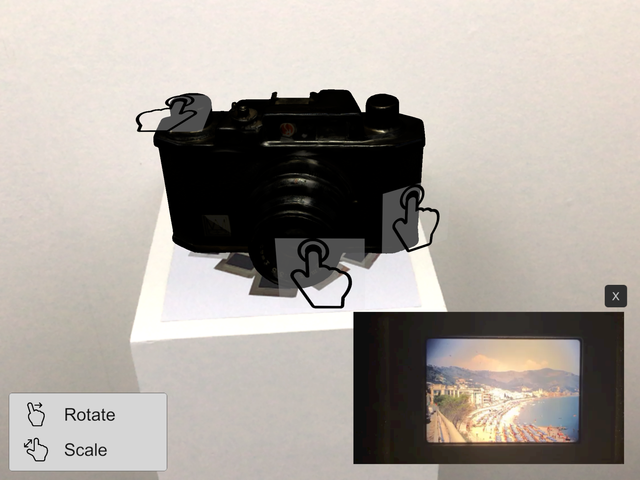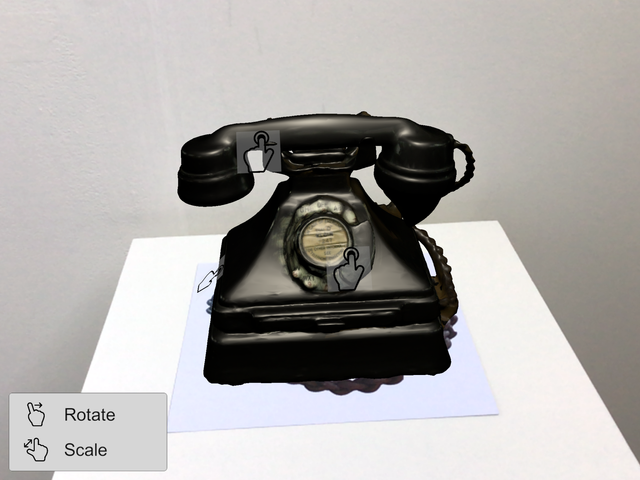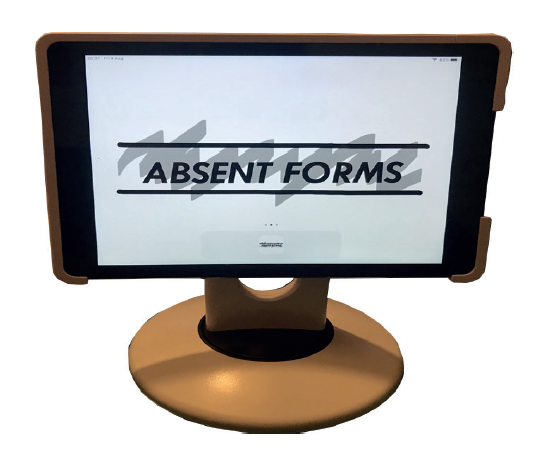My research practice looks at Augmented Reality (AR) and whether it can provide an alternative way to interact with objects and works of art. Can we get closer to the history, heritage and story behind the objects without risking degradation or damage to the physical object? My exhibition space is an experimental area that will compare traditional and modern display techniques by using three everyday objects from the past to demonstrate how their history can be told interactively. My Masters Project has explored the ideas and opportunities as well as the limitations of the technology available to those willing to embrace AR. I aim to show that AR can allow galleries and museums to reach a wider audience. By using AR, we can remove the glass case and the protective barrier and get closer to the art and design. Our imagination is the only limitation when including audio, video and photography to tell the story. We can tailor the exhibit to give greater depth to the history and background of museum pieces and the artists behind them. Can Augmented Reality offer a new way of storytelling that puts people at the heart of the exhibit?
INFORMATIVE
We love to learn, to find things out, to delve deeper. AR can offer more in depth information and provide a greater level of history, cultural significance or depth of visual detail for the visitor. AR can be used to give a greater more detailed view of objects and artworks by providing a ‘behind the glass view’.
ENTERTAINING
We want to be entertained. To feel a part of something and to see something in a different way. Learning and education can be fun, interesting and participatory. AR can provide excitement in temporary display by offering a greater level of interactivity. AR can introduce hands on play that just isn’t possible without it.
EVOCATIVE
We all have personal memories and we all have experienced collective memories that we attach to a sound, a smell, a place or when we watch something on television. That trigger can take us back to a time in the past. We can feel the memory as viscerally as if it was yesterday. Perhaps AR can bring deeper connective reminiscence to art and design.
I enjoy working collaboratively and I enjoy the practice of research. I interviewed digital designers and curators and explored technology that is currently being used in museums and galleries and by artists. As a consultant I produced a design brief to create an Augmented Reality app. I chose three objects that I own. These are all recognisable objects of the past, ‘old technology’ that have been made obsolete by ‘new technology’. One device now takes the place and function entirely of those three. I planned on using that device to tell a story and add depth to the history of each of the objects.
I drafted a story board for the content of the app, and I worked on the User Experience that would allow the visitor to navigate through the app. With the help of Gray’s School of Art, equipment and technicians I scanned the objects to create a 3D render of each object.
I created the content for each, writing the text, recording the video and the audio. Following this process, I enlisted a friend of mine who is a Digital Design Consultant and he began piecing the app together from my design brief and content.
“There were two main pieces of work required to develop the app, the first of which was content preparation. For the 3D assets this involved cleaning the models so that their pivots and UV maps were suitable for use in the Unity video game engine and producing textures to improve the appearance of the models in the engine where applicable. Simplified 3D meshes were also drawn over the objects to efficiently react to touch controls. The video and audio content also needed some tweaking, and were treated to maximise volume, remove noise, and add fades, before being compressed to a suitable size.
"The second step was to build the application in Unity. Content was imported, along with the Vuforia AR engine, which was used to take care of the image tracking. The written content was manually converted to scrolling UI objects in Unity. Once this was done, code was written to generate the scrolling text objects, video players and audio players when certain areas of the objects were tapped on the screen and manage the closing of the previous UI element. Code was also written for each of this type of content to ensure playback and stopping was handled correctly. Finally, a script was added to each 3D object to handle touch controls for rotating and scaling. Once these steps were done the app was exported for the chosen platform, in this case an iPad, before being compiled and installed on the necessary devices.” Dan Dando - Digital Design Consultant www.linkedin.com/in/dan-dando
Throughout the process of my research I was able to meet and interview curators, digital designers and museum professionals at the cutting edge of this technology.
They were all very generous with their time and advice. However, I must make special mention of Jimi Stine, Producer and Archivist at Planeta, New York, the digital creators for ‘David Bowie Is – The AR Exhibition’. An Augmented Reality adaptation of the David Bowie exhibition held at the Victoria and Albert Museum, Kensington.
Jimi was very supportive and helpful in answering all my questions while kindly offering me advice about 3D scanning “try not to use objects that are black or shiny”, he said, little did he know that my objects are mainly black and shiny! I did take his advice on pretty much everything else and I thank him for his support.
This is an experimental app that was created out of an idea that we could use new technology to enhance our interaction with the art and design that we love. There are many issues to be considered for the future of AR, such as rights, intellectual property as well as method of delivery, if there is to be further mainstream adaptation.
Fi Loveday
MA Art and Design
Gray's School of Art

